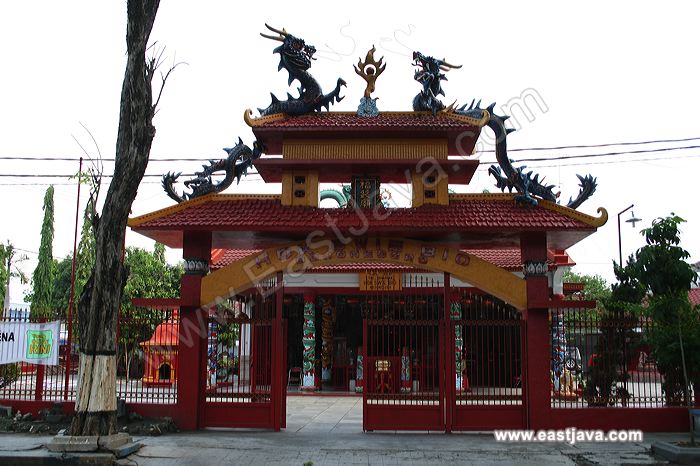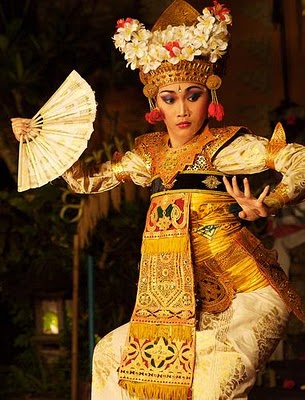Buleleng
Buleleng, is a regency in Bali province with the capital city of Singaraja. Buleleng is bounded with Java ocean in North, Jembrana regency in west, Karangasem rgency in east, Bangli regency, Tabanan and Badung in south.
Buleleng is both physically and culturally the “other side of Bali”. Long isolated from the south by the central volcanic ridge and vast expanse of primary forest, it has developed unique social and cultural features. The Buleleng regency stretches across almost the whole of the northern part of Bali. The area generally consists of steep mountain slopes plunging down into a narrow coastal plain.
Along the coastline rice fields reach almost to the sea, and there are a series of lovely secluded beaches, perfect for water sports and skin-diving, with colorful underwater coral grottos.
Dated back to the ancient history, the Kingdom of Buleleng rose to power during the 17th century, under the leadership of Gusti Pandji Sakti, who extended his realm of authority to the neighboring kingdoms of Karangasem and Jembrana.
Dutch control began in 1848, ending the feudal rule of the Rajas. The women of Buleleng were the first to adopt the Kebaya Malay blouse which was enforced by Dutch rule “to protect the morals of the Dutch soldiers”. Singaraja was chosen by the Dutch because of its excellent harbor as their capital.
The Banjar system of sub-village communities in North Bali is not as institutionalizes as it is in South Bali. The way of life centers more around the individual family with the accompanying effect that the caste system is not as rigid as in the south.
Singaraja’s long history as the major port in Bali has resulted in a mixed population of Muslims and Chinese as well as the indigenous Balinese.
The city was always a trading center for the Bugis sea traders, former pirates who operated throughout the archipelago from their home ports in Sulawesi.
The City of Singaraja (100,000 inhabitants) was the capital of Bali during Dutch times. Today it is a mix of Muslim town, Chinese shops, tree-lined avenues of colonial houses and neo-Balinese government offices. There is a Chinese temple (klenteng) near the harbor, not far from Kajanan mosque, whose mirhab pulpit has an interesting combination of Moslem and Balinese decorative motifs. The Balinese elements of the city appear pushed to the periphery of the city while traditional traders-the Bugis and the Chinese-occupy its center.
There are a lot of tourism destination that can be visited in Buleleng in case of the nature sightseeing and cultural art, for instance:
Singsing Waterfall, Buyan and Tamblingan Lake, Lovina Beach, Les Waterfall, Air Sanih, Julah Village, Sembiran Village, Beji Temple, Bukakak Village, Jagaraga Temple, Rice Terrace Busungbiu, Pemuteran Village, Pulaki Village, Jaya Perana Grave, West Bali National Park, Menjangan Island, Pearl Cultivation, Buleleng Museum, Melanting Waterfall, Banjar Hotspring and many more.






